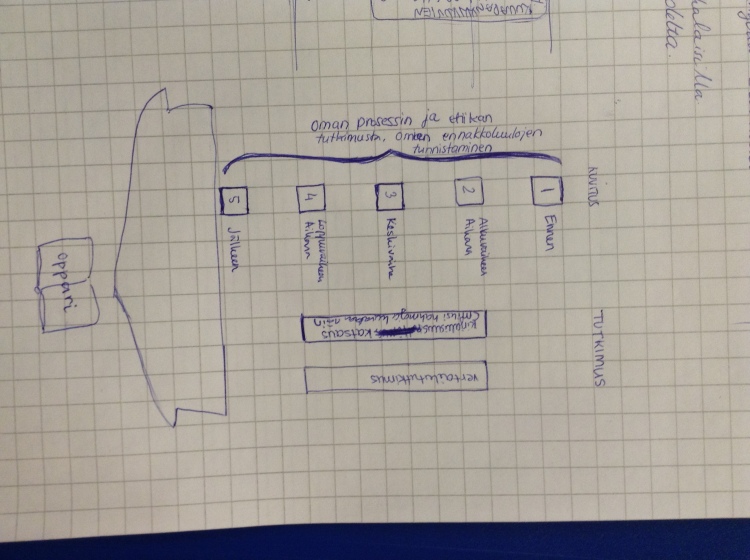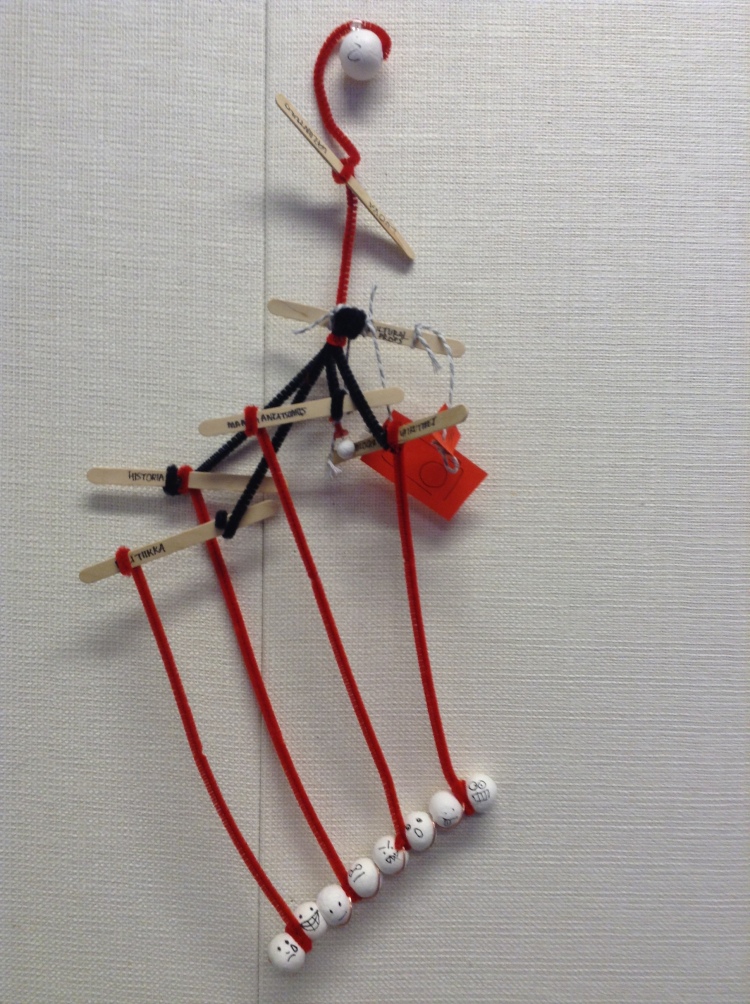Portraying Outgroups
—The Role of Social Bias in Design
Portraying Outgroups
—The Role of Social Bias in Design
I see the chore of my study forming bit by bit. Tiny eureka moment…
The goal of the study is to find out how social biases dictate the design process when dealing with portray of outgroups, and how becoming aware of one’s biases affect the design.
The outcome of the study will be series of illustrations which seek to criticize the current portray of African characters rampant in the microstock collections.
1 Introduction
2 Literature Review
3 Objectives
4 Methodology
5 Implementation
6 Risks
7 Raports
8 Data / Research Material
9 References
10 Attachments
I have run into a problem. How do I differentiate illustrations of africans from african americans and other diaspora africans? It might not be possible. Should I change the objectives into study of images of Africa instead of Africans. Africa as a search word would be less problematic. But that could expand the topic too much.
I could still just limit the study to african people but acknowledge as a limitation to the study the overlapping of african and african american illustrations. I could also use the name and description of the illustrations as defining factor. If the name or description uses the word african, without adding “american”, it would be considered part of the study. In this case pictures like these would be ruled out solely based on the wording, though they might be otherwise used to represent also african people:

“Illustration of an african american cartoon girl with dark skin wearing Chef Hat and holding a wire whisk which is a gadget used in baking to mixi cake batches. She is wearing a pastry chef uniform.”
I will study how social biases dictate the design process when it involves portraying outgroups and, on the other hand, how does consciousness of one’s biases affect it. I will use autoethnographic approach reflecting on my design process in the light of the literature and the data, taking note especially on any biases and underlying motives.
As a case I will design illustrations of African characters for microstocks. I chose Africans as the subject because I have worked in Ghana for three years and lot of my work has had African characters as subject. As a European portraying Africans I am in a position where I might be unconsciously reinforcing stereotypes and repeating clichés. In my study I will pay attention to my own biases and try to reflect the body of study around the subject.
I will also take a look at some of the major microstock collections to find out how African characters are commonly portrayed in that context. I will sample ten first search results from five microstock collections —Shutterstock, Fotolia, Dreamstime, Istock and Adobe Stock, 50 illustrations in all, ruling out photographic material and images I will also rule out illustrations about African-American characters and other characters from so-called “ Africans in diaspora”. I will then analyse the illustrations paying attention to the roles the characters are assigned to.
I am interested in microstock illustations as the area of study. Microstock photo agency is stock photography or illustration provider, which sources images from individuals, for example from freelancers and amateurs.There is plenty of research about microstock photo agencies in the perspective of marketing but not in the perspective of graphic design and content analysis. In my opinion further research about microstock illustrations are needed.
While using microstock photo agencies in my work as graphic designer in the University of Cape Coast I had an impression that illustrations of African characters where somewhat limited in numbers and in range of topics. I would want to dig deeper into the subject to find out how Africannes is portrayed in microstock illustrations.
I will do a literature review on representations of African characters and some basic theories of stereotyping and visual otherness.
I will gather data from five well-established international microstock photo agencies, namely Shutterstock, Fotolia, Dreamstime, Istock and Adobe Stock. I limit the research to only English language microstock sites to ease the analysis.
I will use search words “African, not African-American” or simply “African” if I can otherwise filter out images portraying African-Americans. I will concentrate on search results with a human character. I will leave out objects, patterns, abstraction, nature and animals and other non-human motives. I will also rule out photographs and videoand concentrate on non-photographic illustrations. I will pick first ten applicable search results. The data will consist of 50 images in all.
I’m going to use semiotic analysis and close reading, to analyse the samples. I am going to concentrate on the roles the characters are assigned to and the main themes that arise from the data. I will compare my findings to the literature.
I will draw illustrations that offer alternative representations of African characters in order to contribute in the diversity of imagery regarding the African population available in microstock collections.
I will use autoethnographic approach, like keeping a diary about the design process to reflect on my design process in the light of the literature and the data, taking note especially on any biases and underlying motives.
How do biases dictate the design process and on the other hand how does consciousness of one’s biases affect it?
Schedule
Fall 2016
Spring 2017
Fall 2017
I will turn around my thesis plan. I will write more about my own reflexions, trying to identify my own biases.

We tried material approach to our thesis topicks. The approach was not an instant sucsess but it did kind of help me to see where im at. My approach was however very dawing like and i feel i was not really grasping the point.
